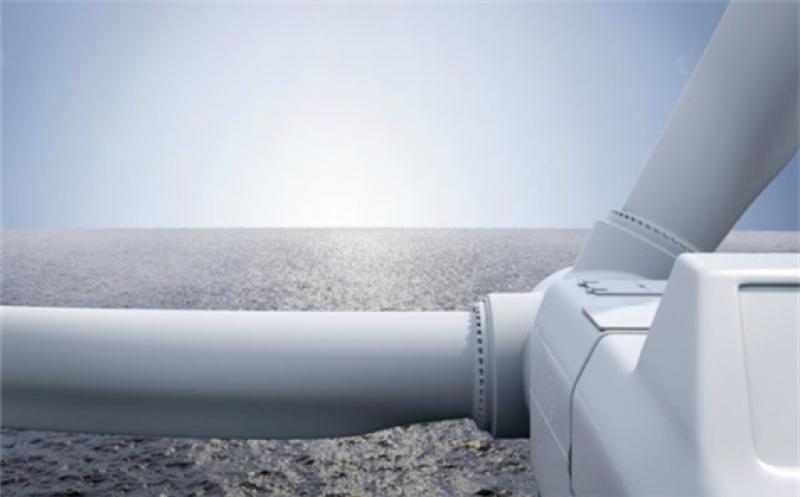The global offshore wind farms operations and maintenance (O&M) market is expected to record a 16% growth per annum through 2029.

This is according to a new report released by Wood Mackenzie, which also anticipates revenue generation to reach $12 billion per annum by 2029.
The market is still immature and lacks experience in long-term O&M issues and failures. Currently, only 1.8GW of global capacity has been operating for over 10 years. By 2029, this figure increases 11 times to 20GW. By then, 90% of the operational fleet, equivalent to 165GW will still be under 10 years old.
As manufacturers dedicate more resources to O&M services for newer and larger turbine models, the ageing turbine fleet represents a significant opportunity for independent service providers as well as in-house expertise.
China is expected to become the largest offshore wind O&M market, whilst Europe remains the biggest O&M market by region, reaching $6.6 billion by 2029. Rapidly expanding markets in Asia and US could bring new challenges and opportunities for domestic industry as well as international investors.
China is expected to expand its market to 41GW, equivalent to $2 billion of OPEX opportunities and take the number one spot from the UK during the forecast period.
China’s enthusiasm for offshore wind has led to a rushed boom in installations. Coupled with the expiration of national subsidies for wind power, offshore operators in China will face considerable operational challenges to ensure the profitability of their projects.
With economies of scale and improved efficiency of asset management and O&M services, the global average OPEX per megawatt is expected to decline 20% between 2020 and 2029 on average.
Europe’s implementation of flexible service operation vessels, remote operation innovations (such as drones), cameras, new digital technologies and the impact of offshore wind clustering have resulted in average opex per megawatt declining for by 44% over the last eight years.
These factors will continue to drive opex reduction beyond 2020 further powered by machine learning and deep learning from big data, as well as robotics and autonomous systems that will partially offset labour costs.
Wood Mackenzie senior analyst, Shimeng Yang, said: “We expect to see O&M strategies developed for highly subsidised projects featuring near shore and smaller turbines evolving to fit the new market landscape characterised by large turbines and waning subsidies.
“As the overall O&M market grows, these changes will open new opportunities for both existing and new players in the offshore wind sector.”
Wood Mackenzie research associate Finlay Clark said: “Design and fabrication innovations that accommodate the rapid increase in turbine capacity must be met with equally innovative O&M practices, as turbine complexity and project scale continue to soar.
“China, who is set to become the single largest offshore wind O&M market globally, must tread carefully.”